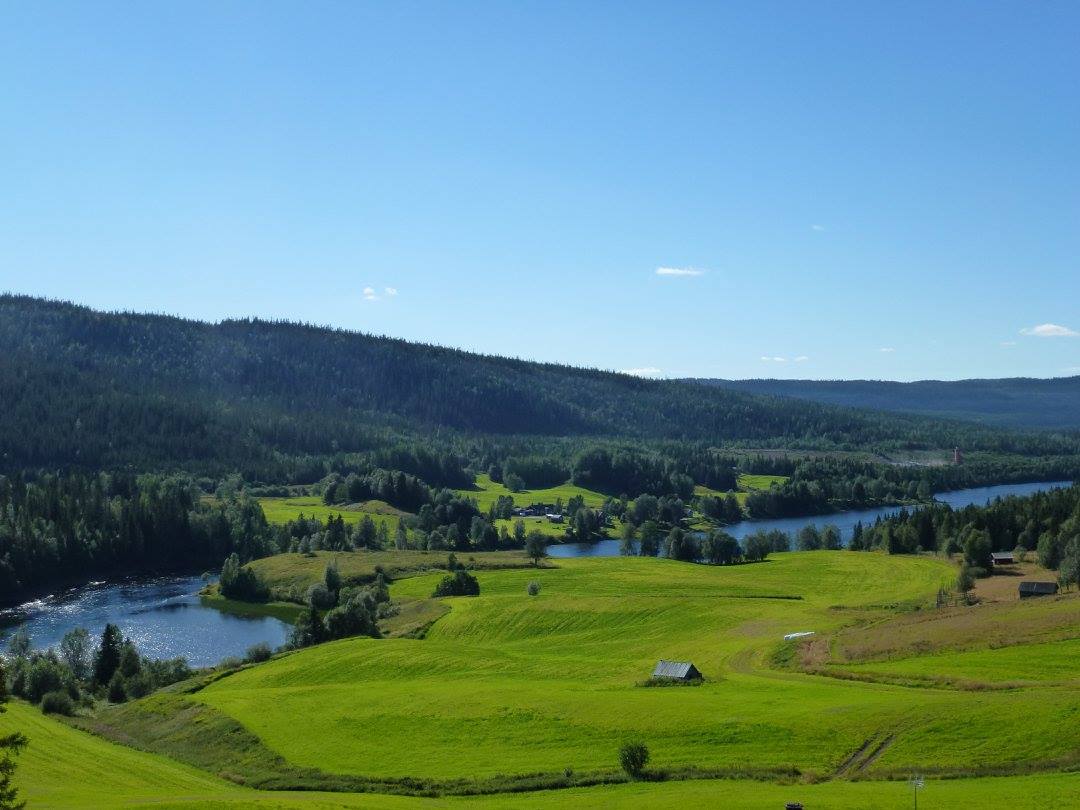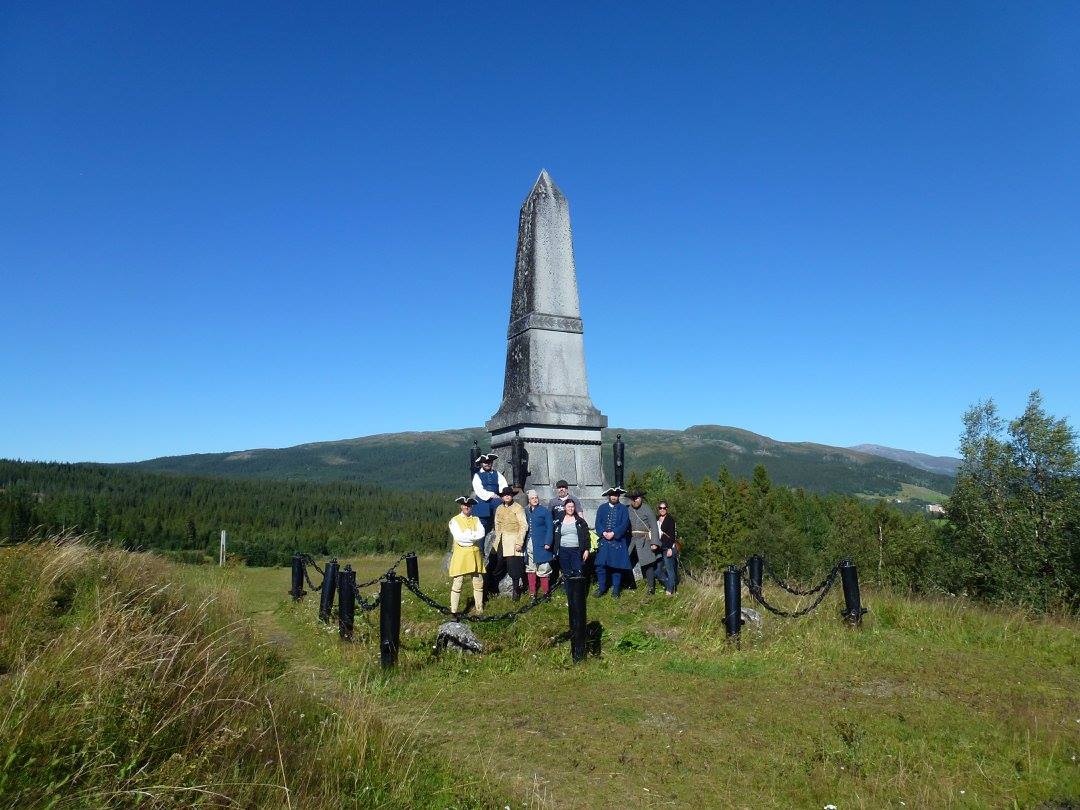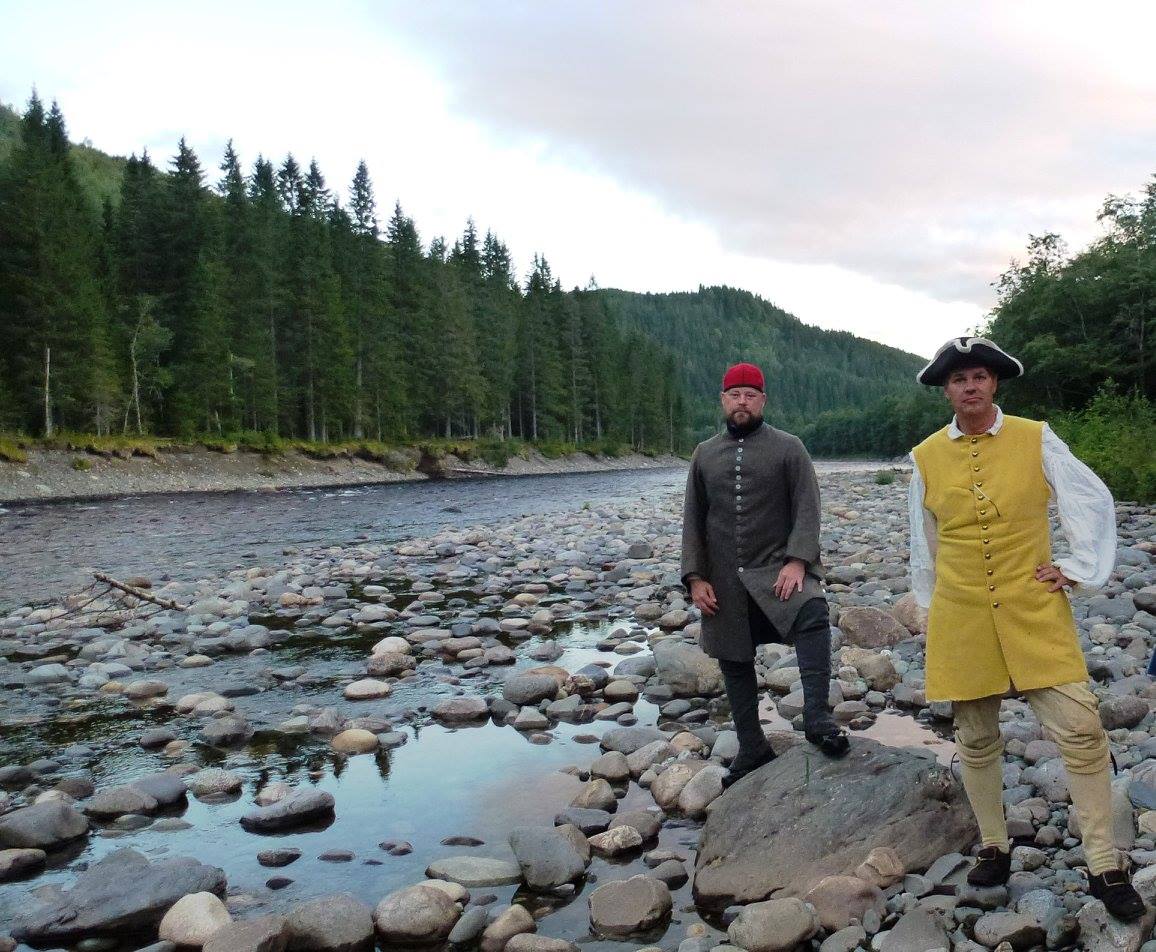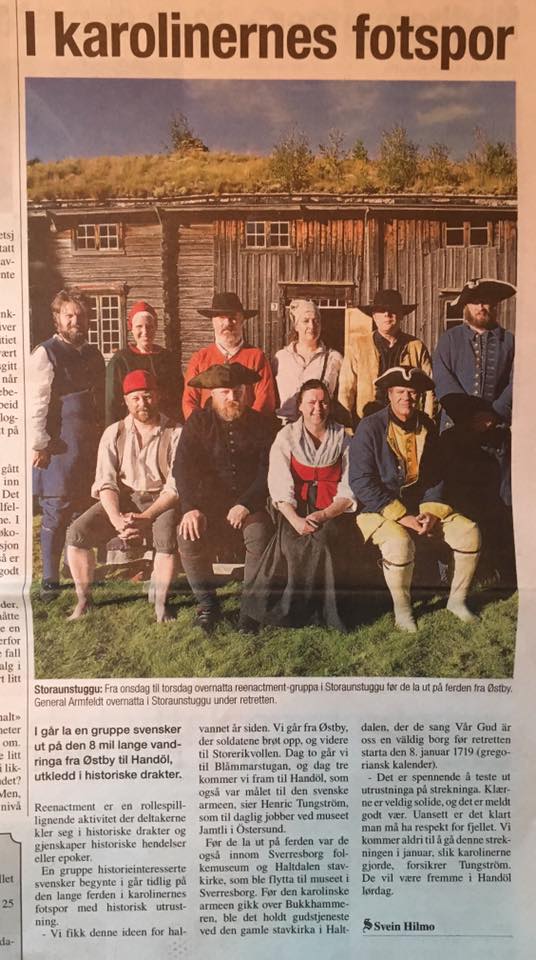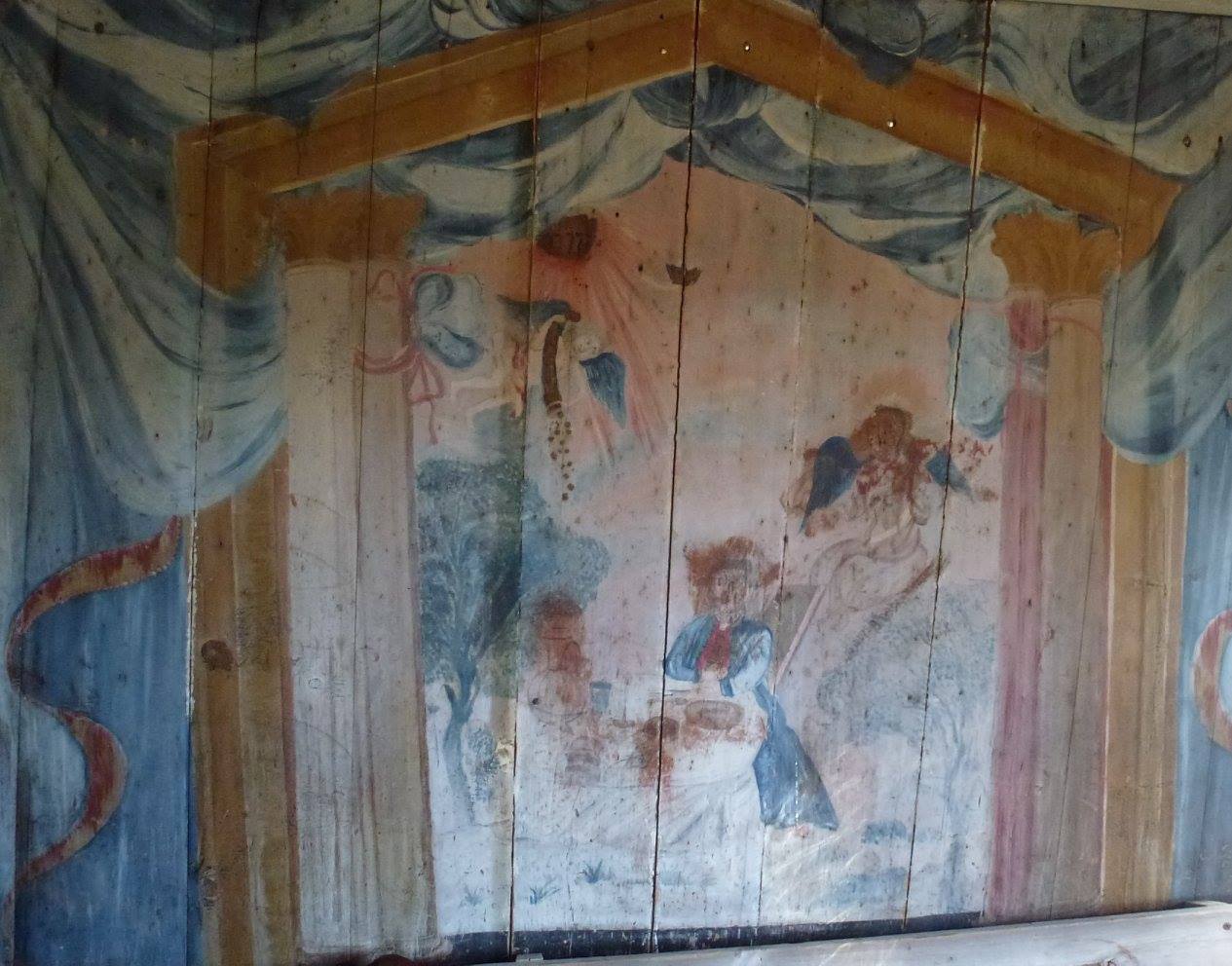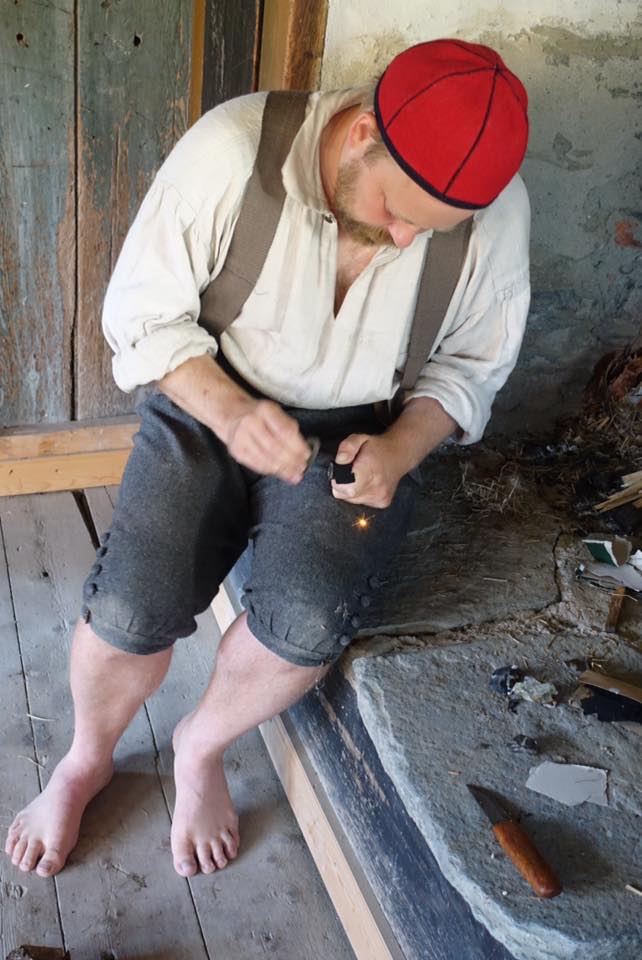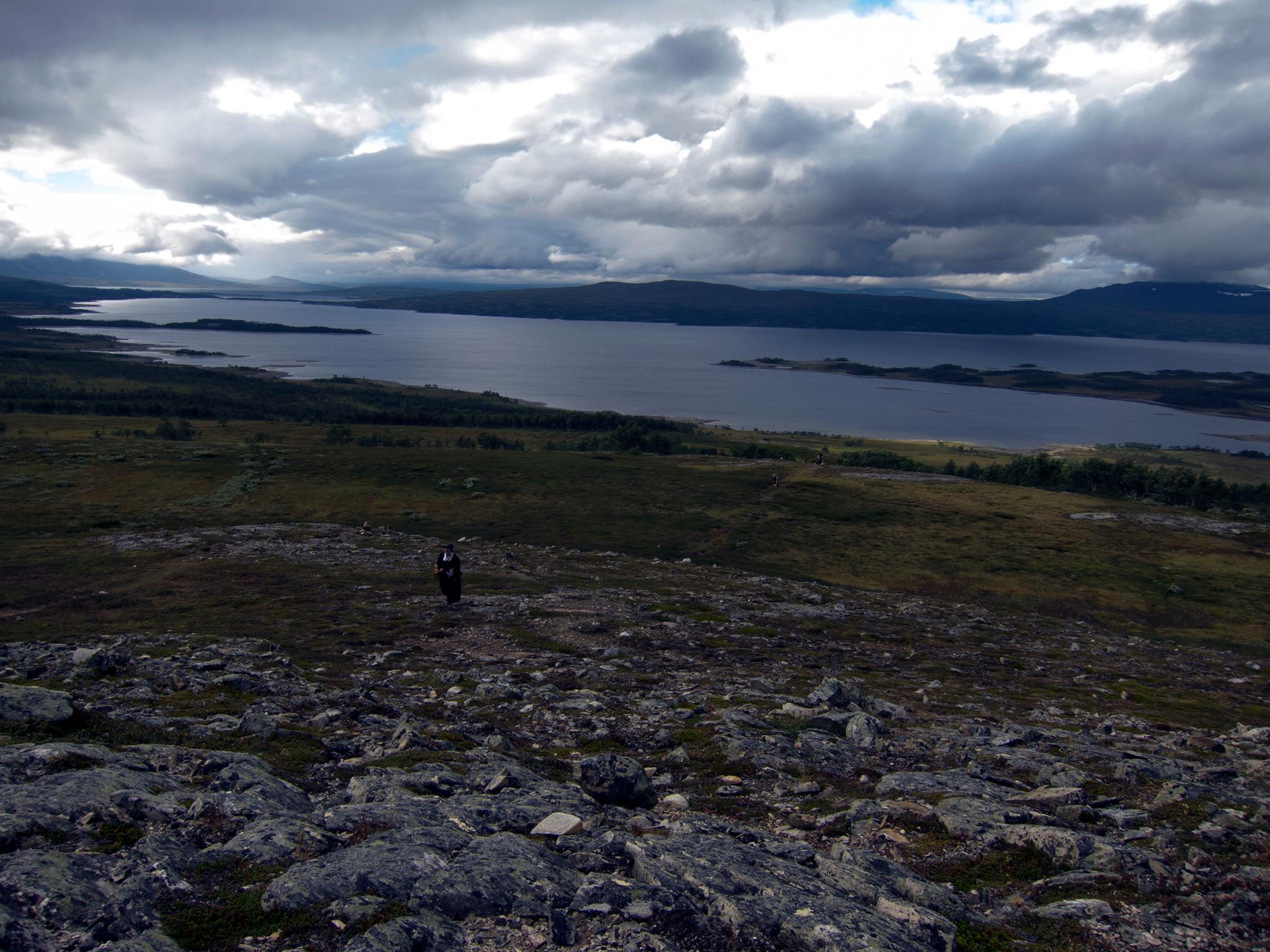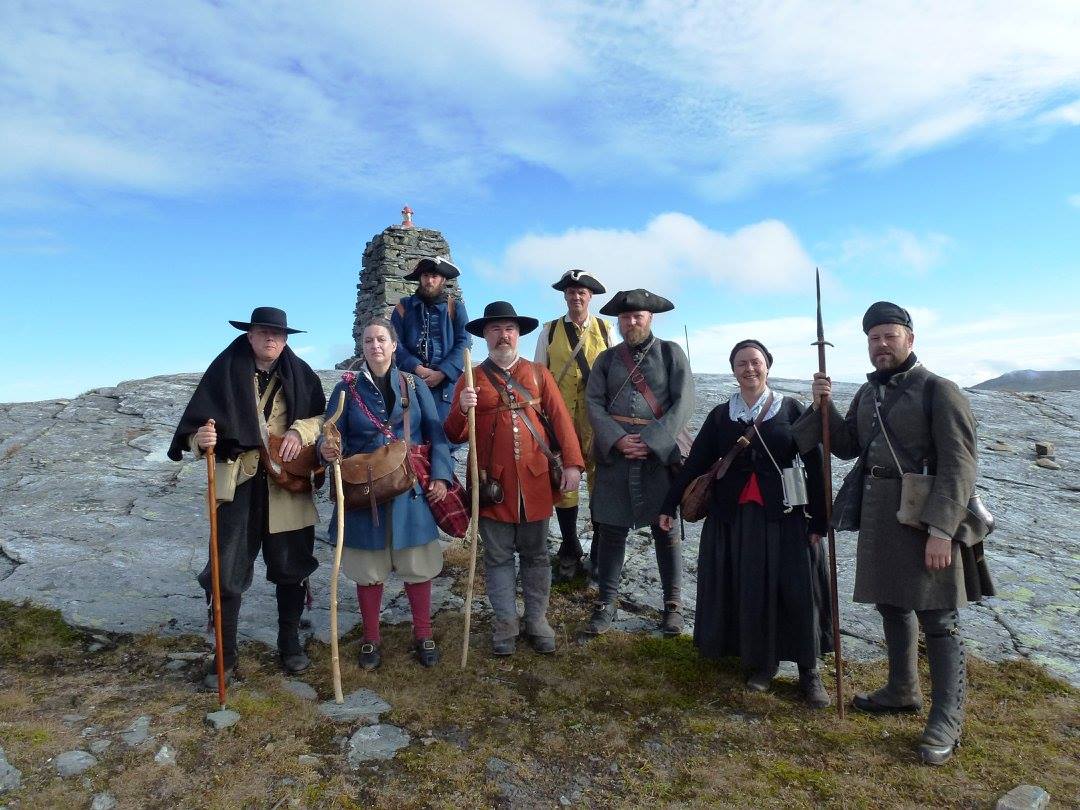 In mid August 2016 a group of 8 people hiked the so called Carolean death march in the mountain ranges of Jamtland. The name comes from when general Armfeldt’s army retreated using this route around the new year 1718-1719, the troops were surprised by a snow storm and 3000 men froze to death. This is the biggest distaster that has affected Sweden with more deaths than on the ship Estonia in 1994 or the number of Swedes lost in the tsunami in Thailand 2004.
In mid August 2016 a group of 8 people hiked the so called Carolean death march in the mountain ranges of Jamtland. The name comes from when general Armfeldt’s army retreated using this route around the new year 1718-1719, the troops were surprised by a snow storm and 3000 men froze to death. This is the biggest distaster that has affected Sweden with more deaths than on the ship Estonia in 1994 or the number of Swedes lost in the tsunami in Thailand 2004.
The purpose with the hike was to test travelling in a historical manner and to experience how clothes and equipment works when one is at the mercy of the forces of nature.
The premise for the hike was to walk between Tydal in Norway and Handöl in Sweden. The trip measure approximately 60 kilometers and we walked for three days with overnight stays at the mountain stations Storerikvollen and Blåhammaren. We chose to sleep indoors to minimise our packing and as this is to be considered as historically correct, see for instance Linné’s Lapplandsresa 1732. One either found lodgings with settlers or Samis, or slept out of doors.
The weather during the hike was initially warm and sunny (perhaps even too warm with degrees above 20 C) and later alternating with some precipitation. On the bare mountain it was also colder and more windy than in the valleys.
The result of our experiment:
One experience is that it is good to have one material in a piece of clothing, that is to not have different materials in the shell and in the lining. It’s quite common with the outer shell of a coat being in wool and the lining being in linen. With a linen shirt next to the skin sweat and moisture must go two layers of linen before being ventilated out through the wool. Our experience is that it’s probably better to line the woolen coat with a thinner wool and wear a linen or hemp shirt. That is, to use as pure materials as possible to increase both heat capacity and breathability. Another alternative could be to alltogether omit the lining in the coat.
During one of the days one half of the group went off trail outside the existing and marked hiking trails. We climbed the Blåhammar mountain up to the mountainstation at 1000 meters altitude. Up on the steep mountain side the terrain consisted of swamps and small birch trees. We were so exhausted that we almost didn’t make it up to the top and this shows basically how physically demanding it probably was traveling in large parts of northern Sweden before the road network was expanded. So this became a very realistic exercise and one of the participants even lost the heel of one of his shoes in the mire.
During the march, we also tried to find artifacts from the carolean march in 1719. We searched the rivers and slopes but no historical objects could be found. Most likely are any remaining items hidden below ground or have sunken in the sediment of the streams.
Nature has thus hidden any remains from the distaster well.
Here down below follow some pictures from our adventures in Jämtland county of Sweden and Trönderlag county of Norway.
1. Duved skans, starting point for general Armfeldts campaign to Trondheim in 1718.
2. Forra river, the famous light infantry captain Peter Longström was shoot dead here in an norwegian ambush in november 1718.
3. Holtalen church, the swedish troops held their last church service here before the retreat over the mountains back to Jämtland. The church is today located at the Sverresborg folklore museum in Trondheim.
4. Storaunstuggun in Tydal, general Armfeldt had his headquarter here some days before the death march. The right side of the house is from mid 1600.
5. The marsch between Tydal-Handöl (Tydal-Storerikvollen-Blåhammaren-Storulvån-Handöl)
6. Handöl church, here was the end of the march. There is a massgrave for 600 caroleons close to the church. These men managed to survive the snowstorm but then died in the Handöl village.





